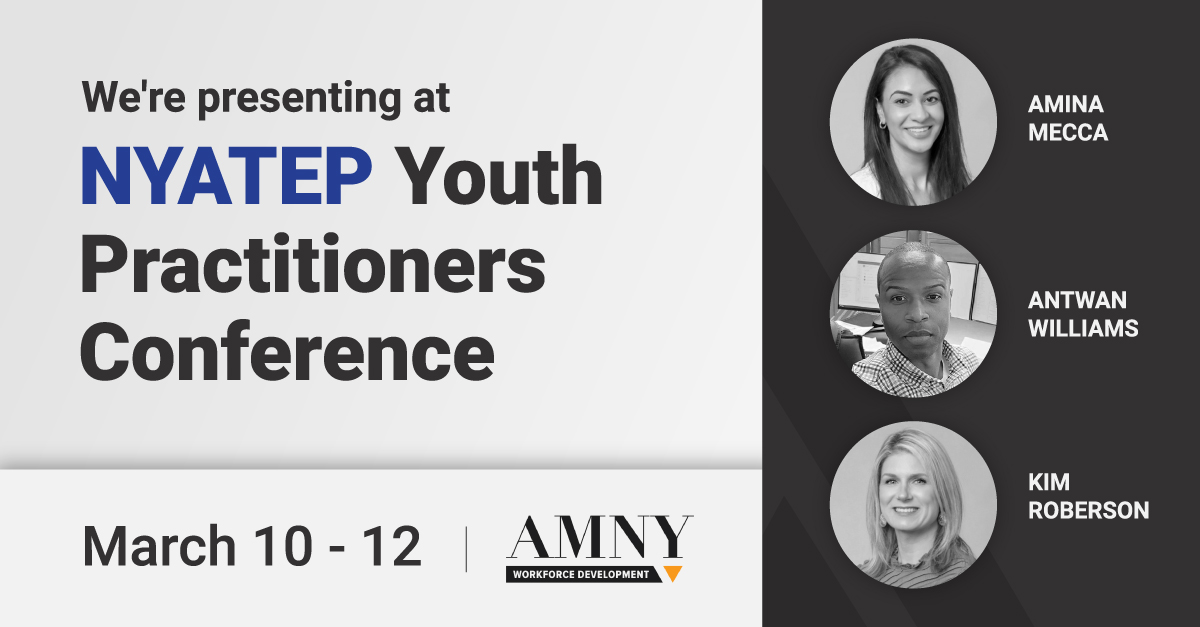
Crafting a Compelling Narrative for Your Workforce Development Program
A strong narrative can be a powerful tool for attracting students, securing funding, and building partnerships for your workforce development program. By effectively communicating the value and impact of your program, you can inspire individuals to participate and motivate others to support your efforts.
1. Develop Your Brand Identity
Your brand identity is the foundation of your narrative. It should reflect the values, mission, and unique qualities of your program. Consider these elements:
- Mission: Clearly articulate the purpose and goals of your program.
- Values: Define the core principles that guide your work.
- Unique Selling Points: Identify what sets your program apart from others.
- Target Audience: Understand the needs and aspirations of your ideal participants.
2. Communicate Your Points of Differentiation
Highlight the unique features and benefits that make your program stand out. This could include:
- Specialized Training: Offer specialized training in high-demand fields.
- Industry Partnerships: Collaborate with industry leaders to provide real-world experience.
- Mentorship Programs: Connect participants with experienced professionals.
- Holistic Support: Provide comprehensive support services, such as career counseling and financial aid.
3. Emphasize the Benefits for Participants
Clearly communicate the tangible benefits that participants will gain from the program, such as:
- Skill Development: Highlight the specific skills and knowledge participants will acquire.
- Career Advancement: Showcase the potential career paths and job opportunities available to graduates.
- Personal Growth: Emphasize the personal and professional development that participants will experience.
- Networking Opportunities: Discuss the opportunities for networking and building relationships with industry professionals.
4. Showcase the Impact on Your CompanyYour Content Goes Here
Demonstrate how your workforce development program aligns with your company’s goals and contributes to its success. This could include:
- Talent Pipeline: Highlight how the program helps to develop a pipeline of skilled employees.
- Increased Productivity: Show how the program can improve employee productivity and efficiency.
- Enhanced Reputation: Demonstrate how the program contributes to your company’s reputation as a socially responsible organization.
5. Communicate Your Commitment
Convey your company’s genuine commitment to workforce development and social responsibility. This can be done through:
- Leadership Support: Highlight the involvement and support of senior leadership.
- Resource Allocation: Demonstrate your company’s investment in the program.
- Community Engagement: Showcase your company’s involvement in community initiatives.
6. Use Storytelling to Connect
Create compelling narratives that resonate with your audience. Share personal stories of program participants who have achieved success, and use anecdotes and examples to illustrate the impact of your program.
7. Leverage Data and Metrics
Use data and metrics to support your claims and demonstrate the effectiveness of your program. This could include:
- Participant Success Rates: Track the employment rates and career advancements of program graduates.
- Student Satisfaction: Measure participant satisfaction through surveys and feedback.
- Return on Investment: Calculate the economic benefits of the program for your company and the community.
By crafting a compelling narrative that highlights the value, impact, and benefits of your workforce development program, you can attract talented students, secure funding, and build strong partnerships. This will ultimately strengthen your company’s workforce and contribute to a more vibrant and equitable community.



